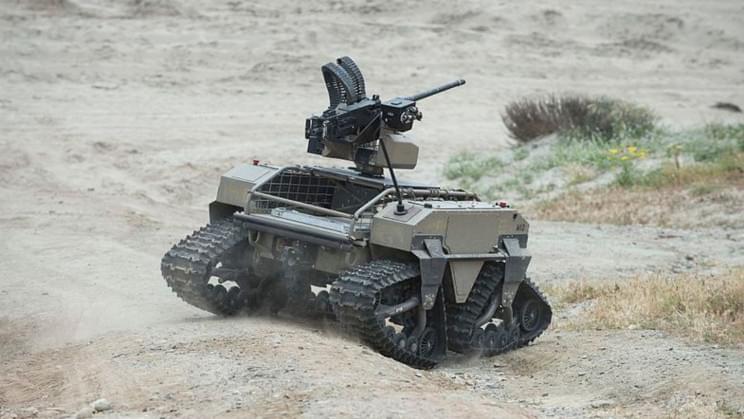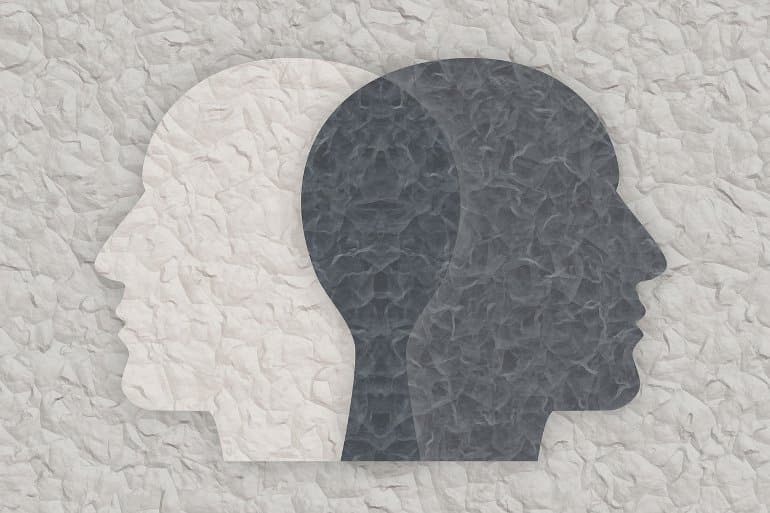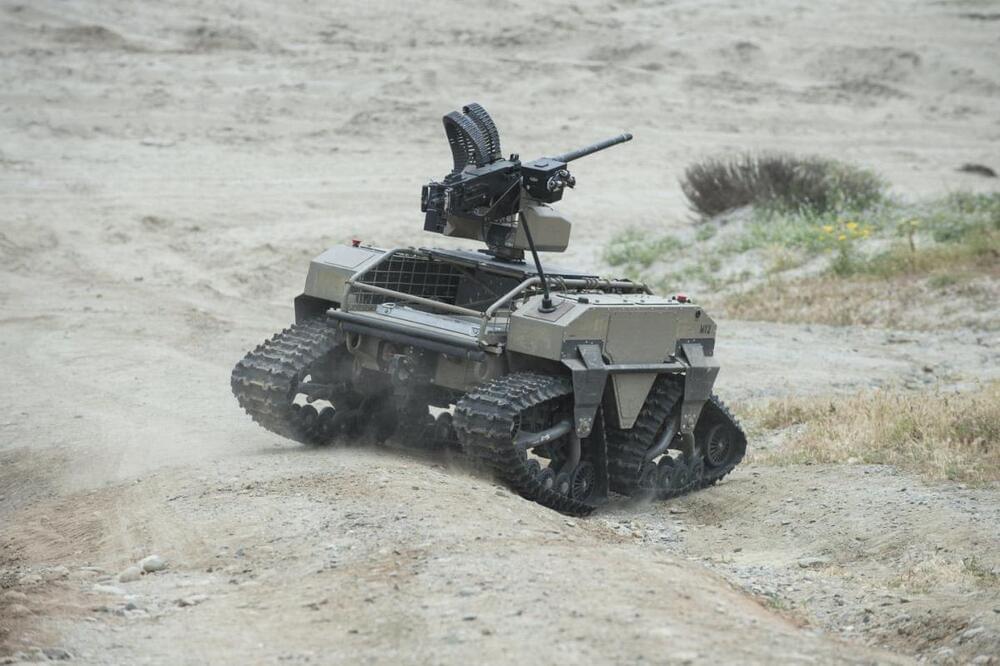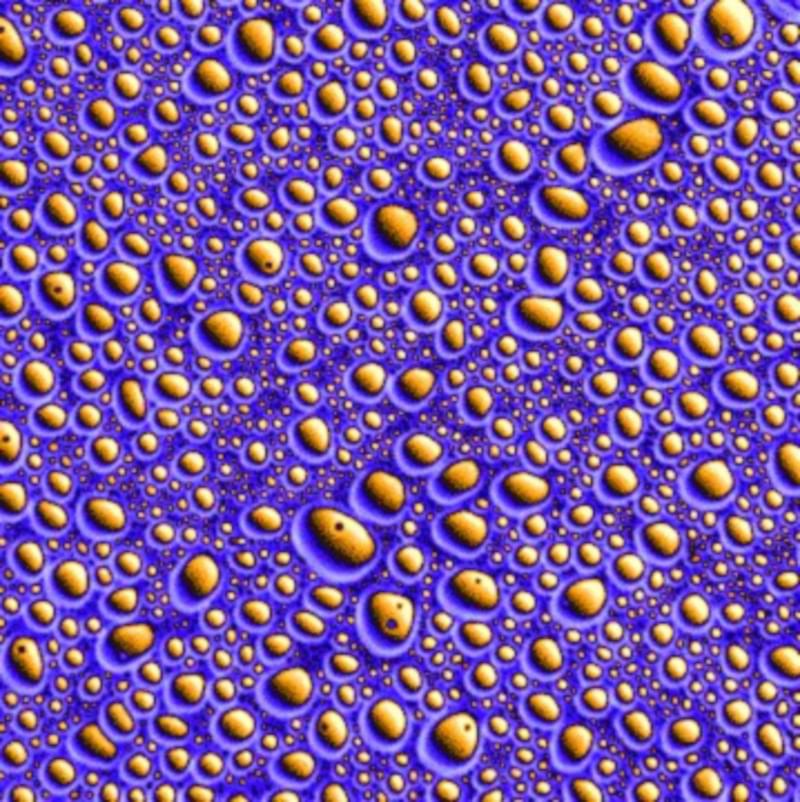Researchers at Heidelberg University and University of Bern have recently devised a technique to achieve fast and energy-efficient computing using spiking neuromorphic substrates. This strategy, introduced in a paper published in Nature Machine Intelligence, is a rigorous adaptation of a time-to-first-spike (TTFS) coding scheme, together with a corresponding learning rule implemented on certain networks of artificial neurons. TTFS is a time-coding approach, in which the activity of neurons is inversely proportional to their firing delay.
“A few years ago, I started my Master’s thesis in the Electronic Vision(s) group in Heidelberg,” Julian Goeltz, one of the leading researchers working on the study, told TechXplore. “The neuromorphic BrainScaleS system developed there promised to be an intriguing substrate for brain-like computation, given how its neuron and synapse circuits mimic the dynamics of neurons and synapses in the brain.”
When Goeltz started studying in Heidelberg, deep-learning models for spiking networks were still relatively unexplored and existing approaches did not use spike-based communication between neurons very effectively. In 2,017 Hesham Mostafa, a researcher at University of California—San Diego, introduced the idea that the timing of individual neuronal spikes could be used for information processing. However, the neuronal dynamics he outlined in his paper were still quite different from biological ones and thus were not applicable to brain-inspired neuromorphic hardware.







